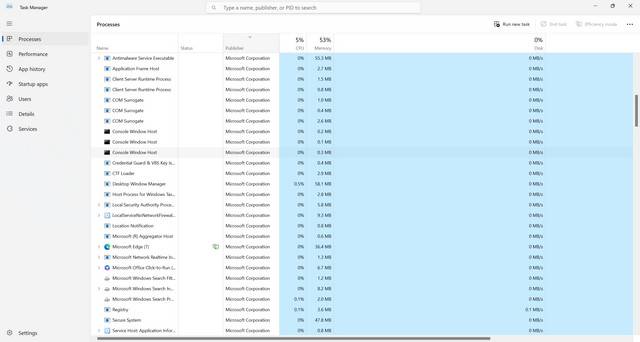When it comes to managing and automating tasks in the Windows operating system, PowerShell is a powerful tool that can greatly enhance your productivity. However, like any powerful tool, it can also be misused or exploited by malicious actors. In this article, we will explore what PowerShell is, its purpose, and whether or not you should remove it from your system.

What is PowerShell?
PowerShell is a command-line shell and scripting language developed by Microsoft. It was first introduced in 2006 and has since become an integral part of the Windows operating system. PowerShell is designed to automate administrative tasks and provide a more efficient way to manage and control Windows systems.
Unlike the traditional Command Prompt, PowerShell offers a more advanced scripting environment with access to a wide range of system management capabilities. It allows users to write scripts, automate repetitive tasks, and perform complex administrative tasks with ease.
Why is PowerShell Installed on My System?
PowerShell is included by default in all modern versions of the Windows operating system, starting from Windows 7. It is installed as a core component and is accessible through the “powershell.exe” executable file.
Microsoft includes PowerShell in Windows because it provides a powerful and flexible tool for system administrators and power users. It allows them to automate tasks, manage systems remotely, and perform various administrative functions efficiently.
Is PowerShell a Security Risk?
While PowerShell itself is not inherently a security risk, it can be misused by attackers to execute malicious commands or scripts on a compromised system. This is why PowerShell has gained popularity among cybercriminals as a tool for delivering and executing malware.
However, it is important to note that PowerShell is not the only tool that can be misused in this way. Any scripting or programming language, including Python or JavaScript, can be used for malicious purposes if the attacker gains unauthorized access to a system.
Microsoft has implemented several security features and mitigations to prevent the misuse of PowerShell. These include execution policies, script block logging, and constrained language mode. These features help protect against unauthorized or malicious use of PowerShell and provide administrators with greater control over its usage.
Should I Remove PowerShell?
Removing PowerShell from your system is not recommended unless you have a specific reason to do so. PowerShell is an essential component of the Windows operating system and is used by many legitimate applications and system processes.
Removing PowerShell can potentially break functionality in various applications and prevent you from performing certain administrative tasks. It is best to leave PowerShell installed and take appropriate security measures to mitigate any potential risks.
Securing PowerShell
Here are some steps you can take to secure PowerShell on your system:
- Keep PowerShell up to date: Regularly update your Windows operating system to ensure you have the latest version of PowerShell, along with any security patches and updates.
- Enable script block logging: Script block logging records the commands and scripts executed in PowerShell, allowing you to review and analyze them for any suspicious activity.
- Implement execution policies: PowerShell execution policies control the level of trust placed in scripts and can help prevent the execution of malicious scripts. Set the execution policy to a level that balances security and functionality.
- Use constrained language mode: Constrained language mode restricts the use of certain PowerShell features and cmdlets, providing an additional layer of protection against potential attacks.
- Regularly scan for malware: Use a reputable antivirus or anti-malware solution, such as Malwarebytes Free, to scan your system for any potential threats or malware.
Conclusion
PowerShell is a powerful tool that can greatly enhance your productivity and system management capabilities. While it can be misused by attackers, it is not inherently a security risk. Removing PowerShell from your system is not recommended, as it is an essential component of the Windows operating system.
Instead, focus on implementing appropriate security measures to mitigate any potential risks associated with PowerShell. Keep it up to date, enable script block logging, implement execution policies, use constrained language mode, and regularly scan for malware. By taking these steps, you can ensure that PowerShell remains a valuable tool in your arsenal while minimizing any potential security threats.










